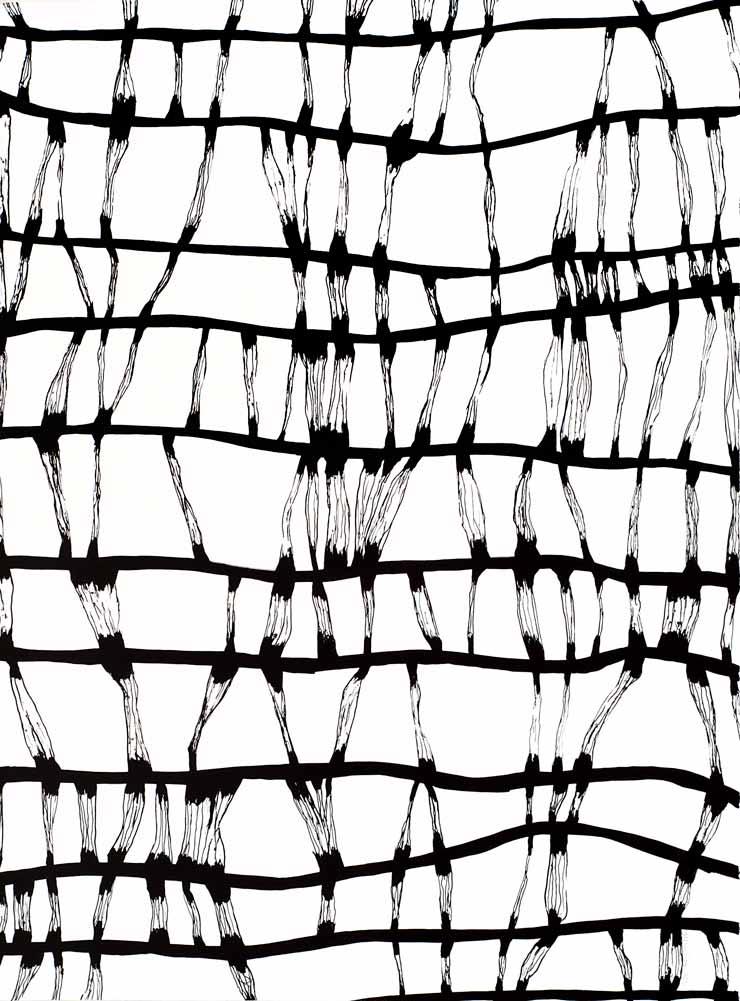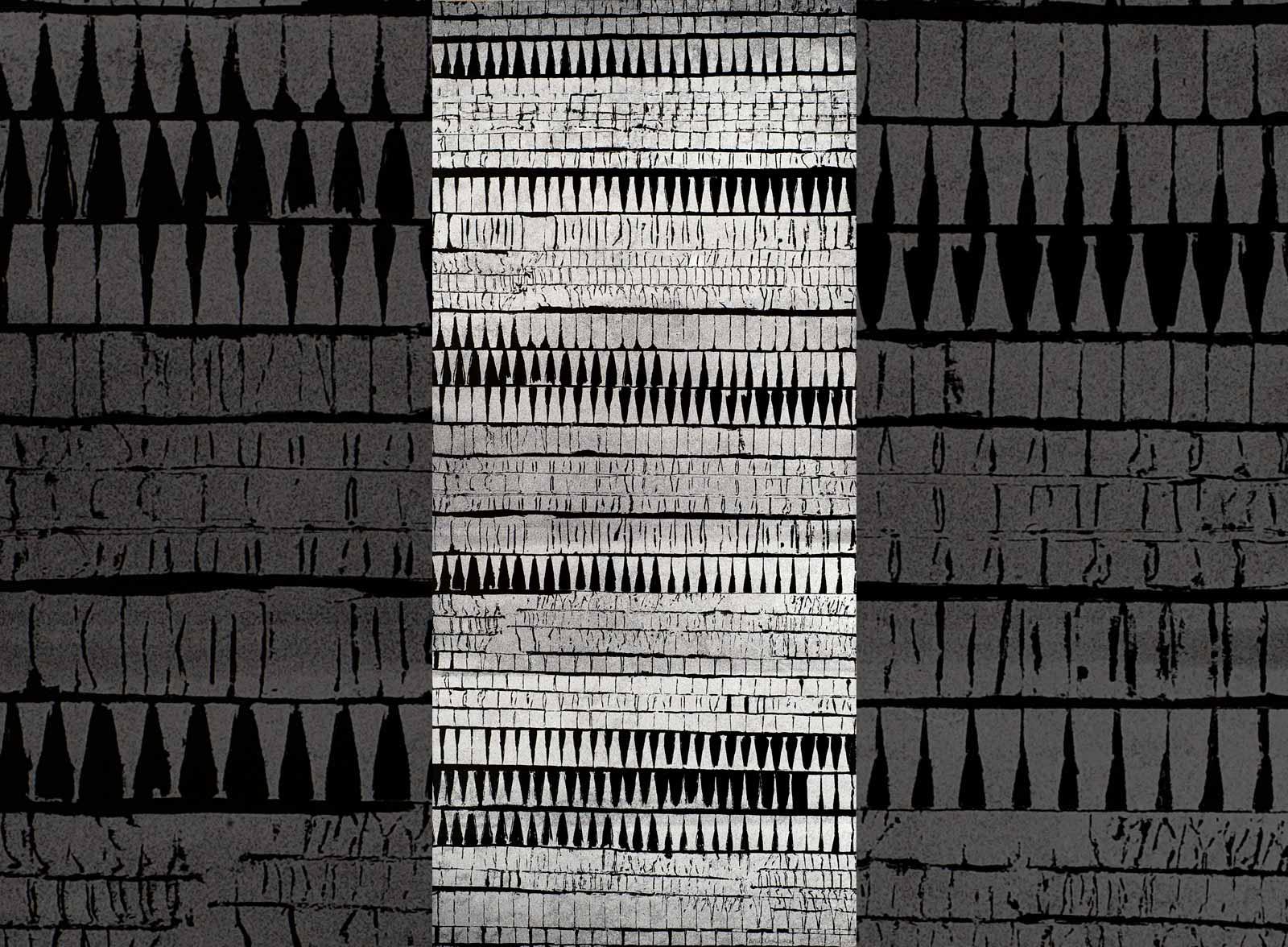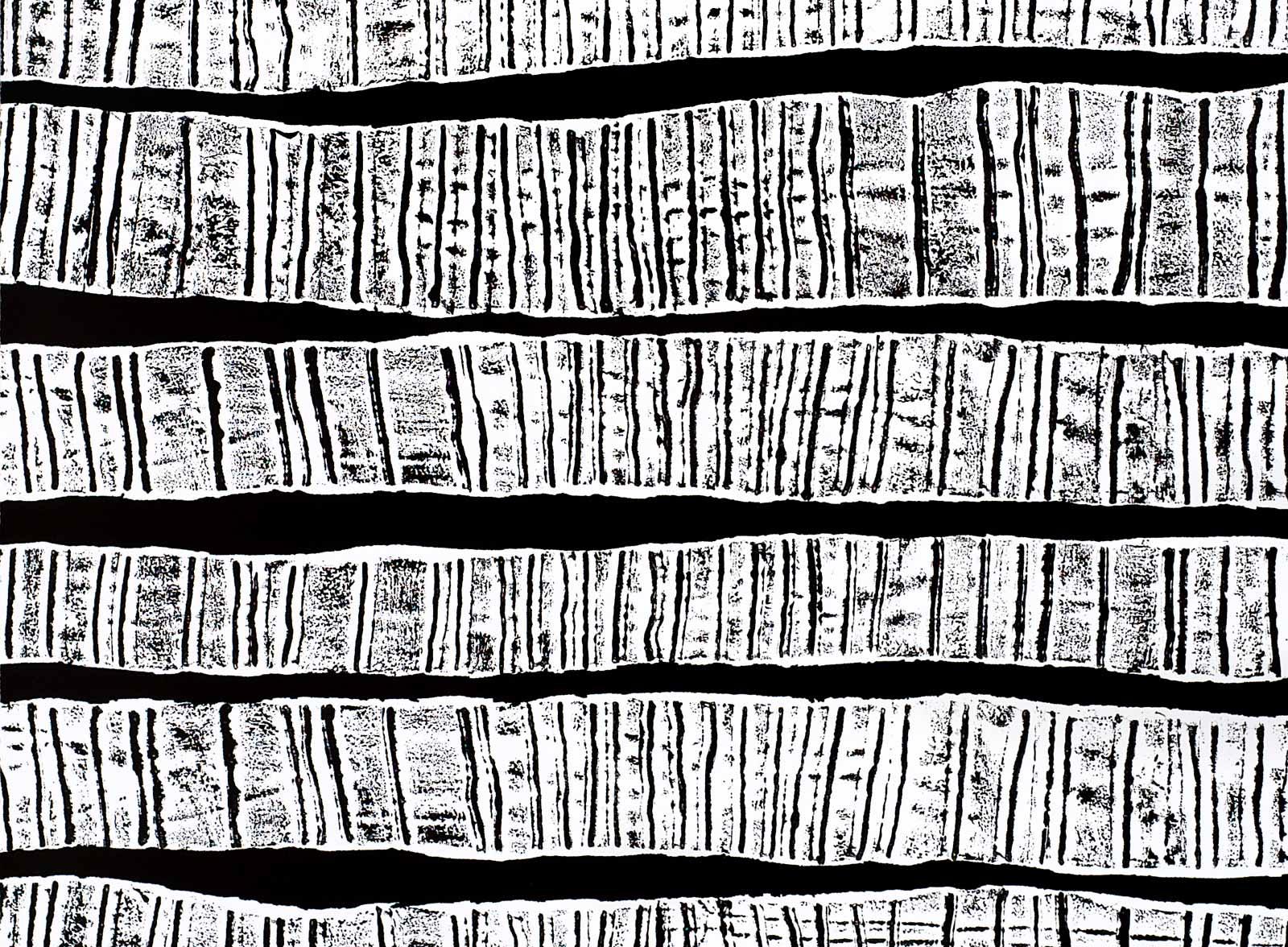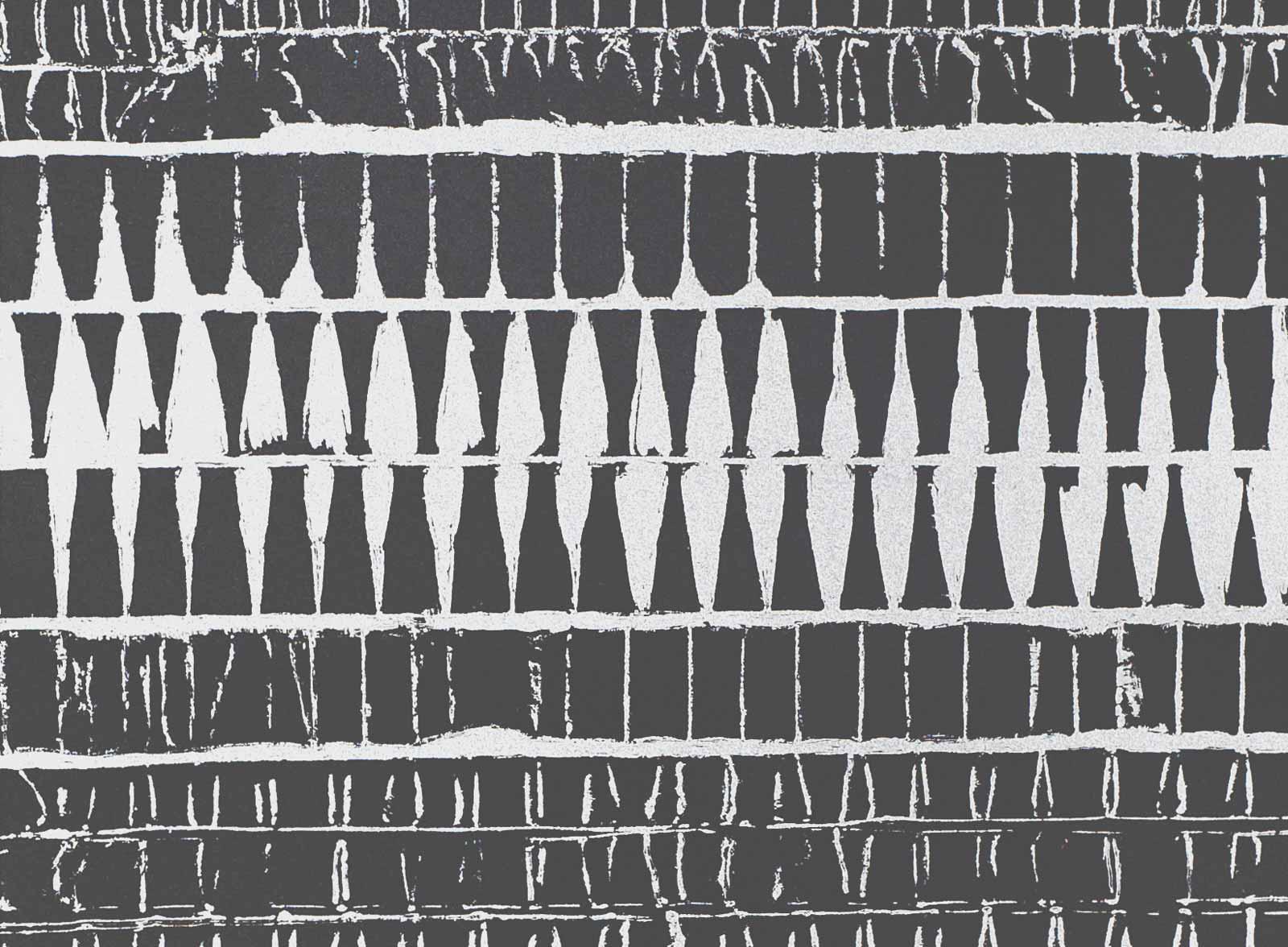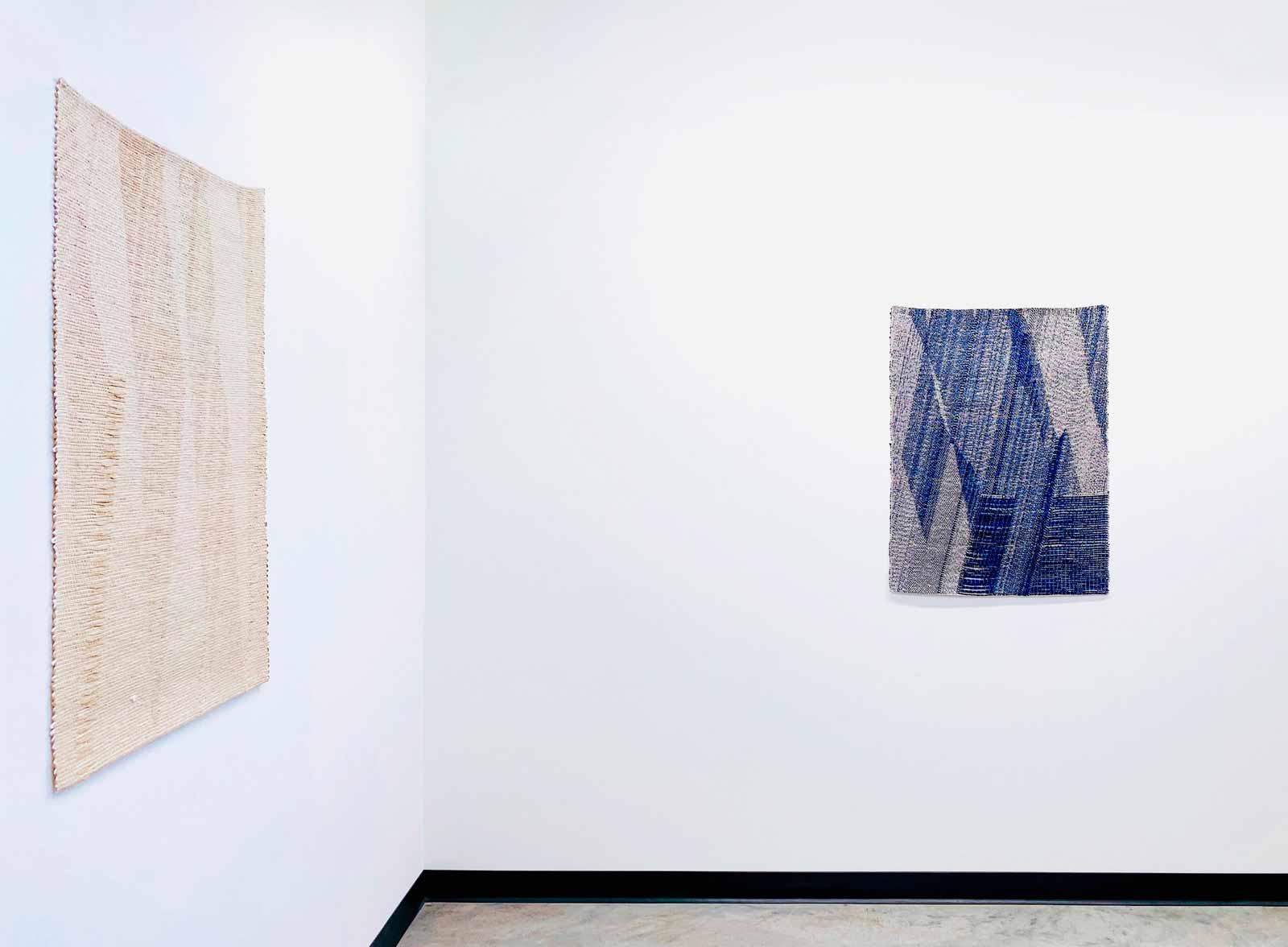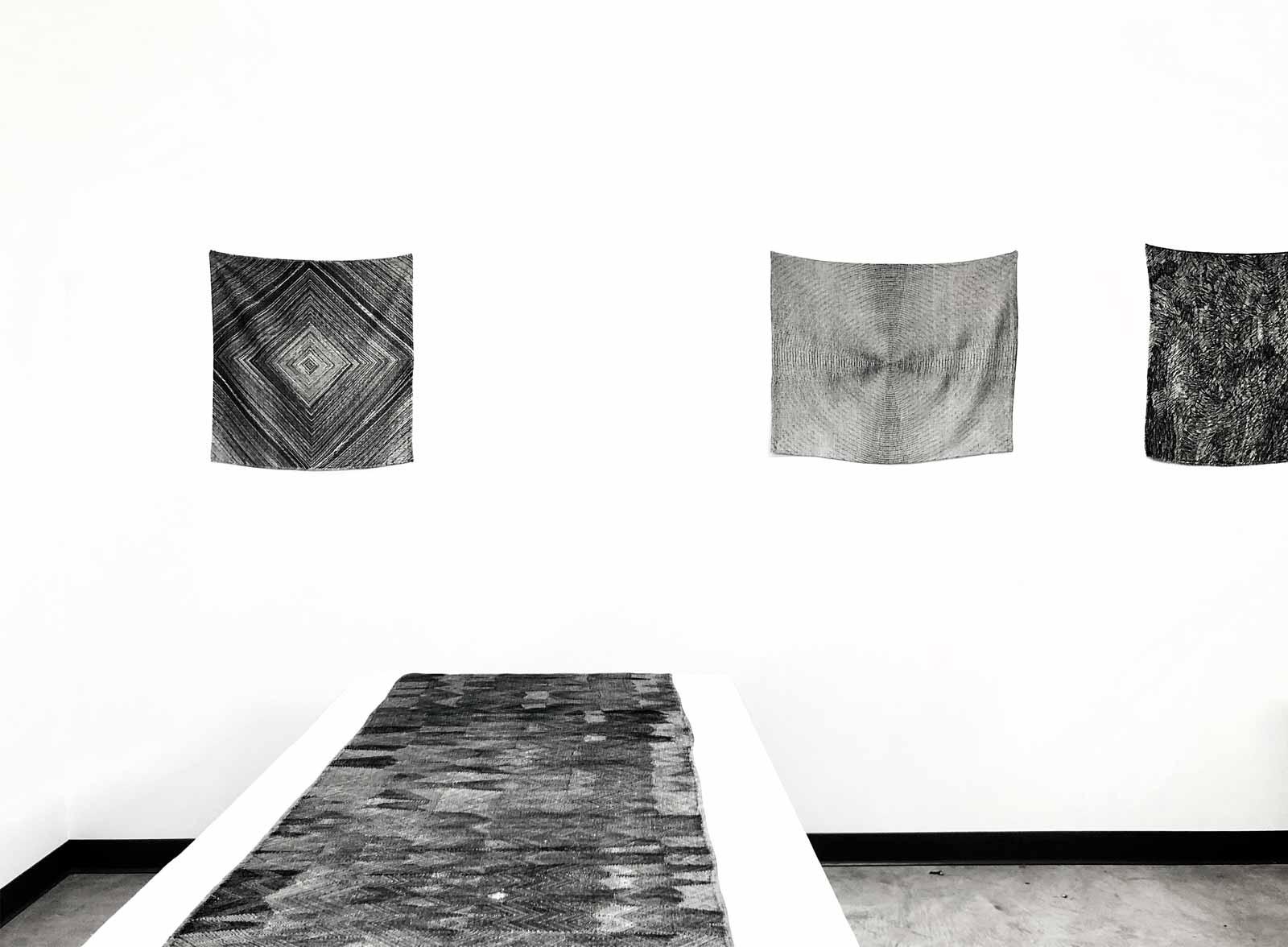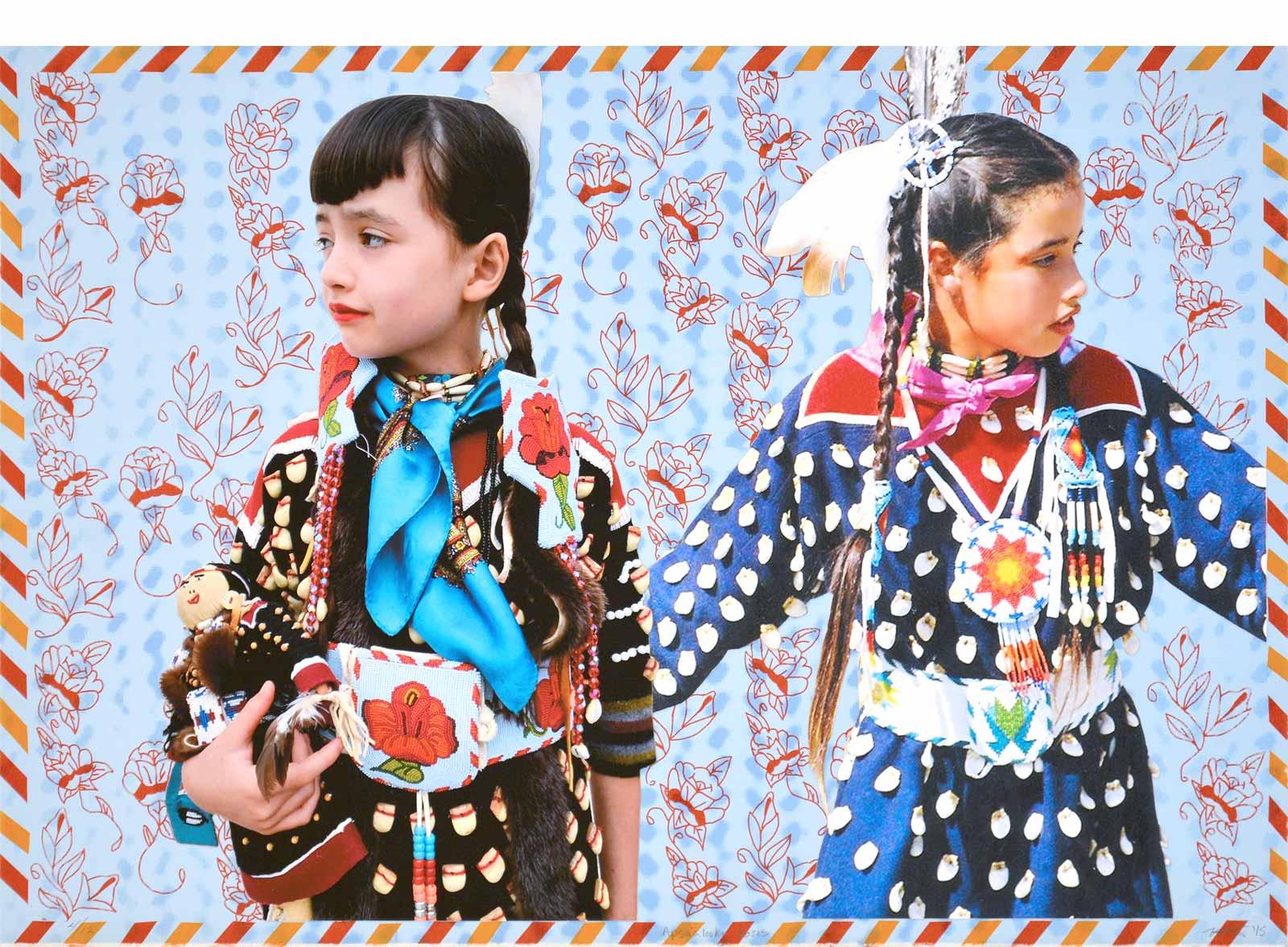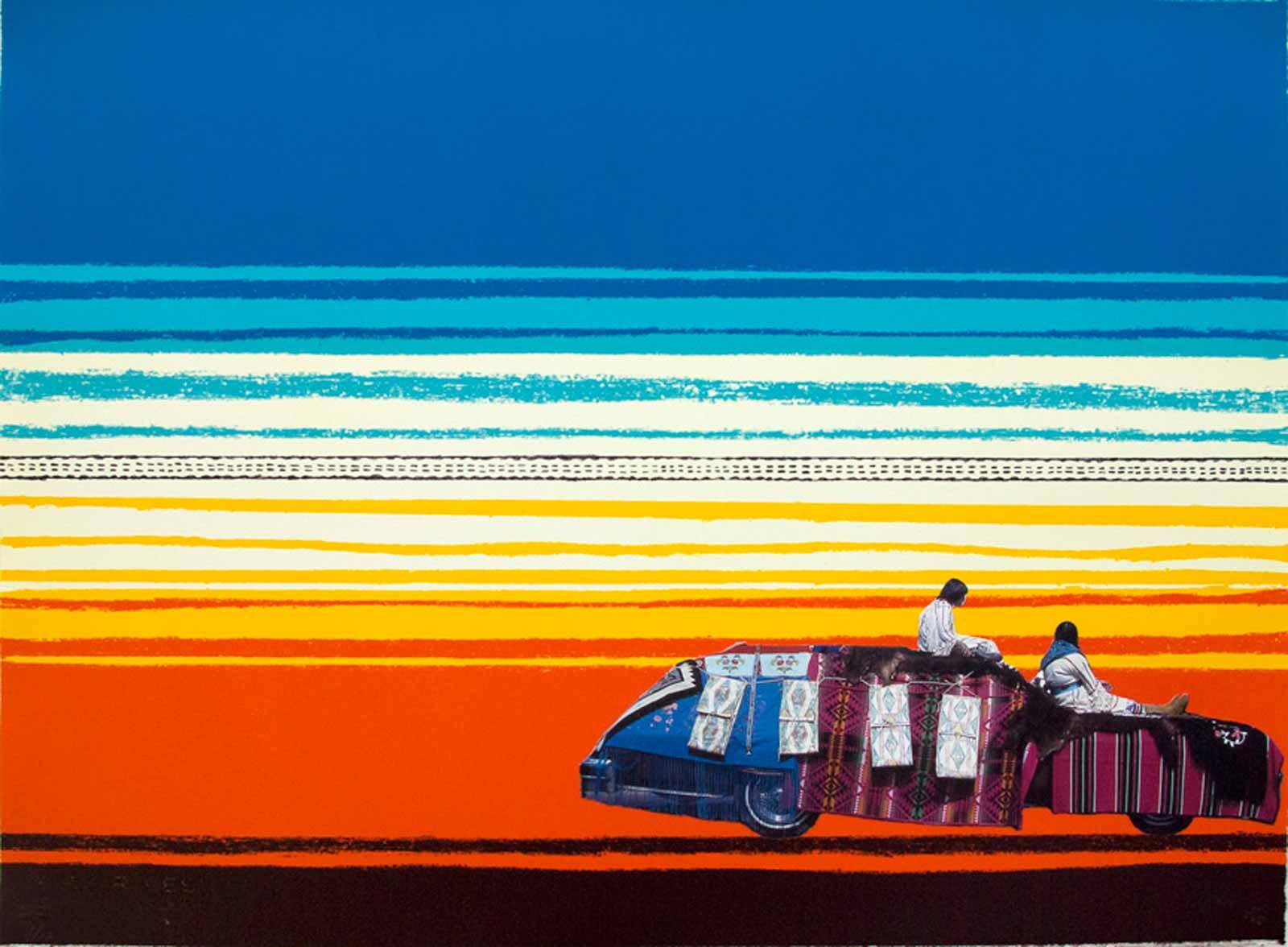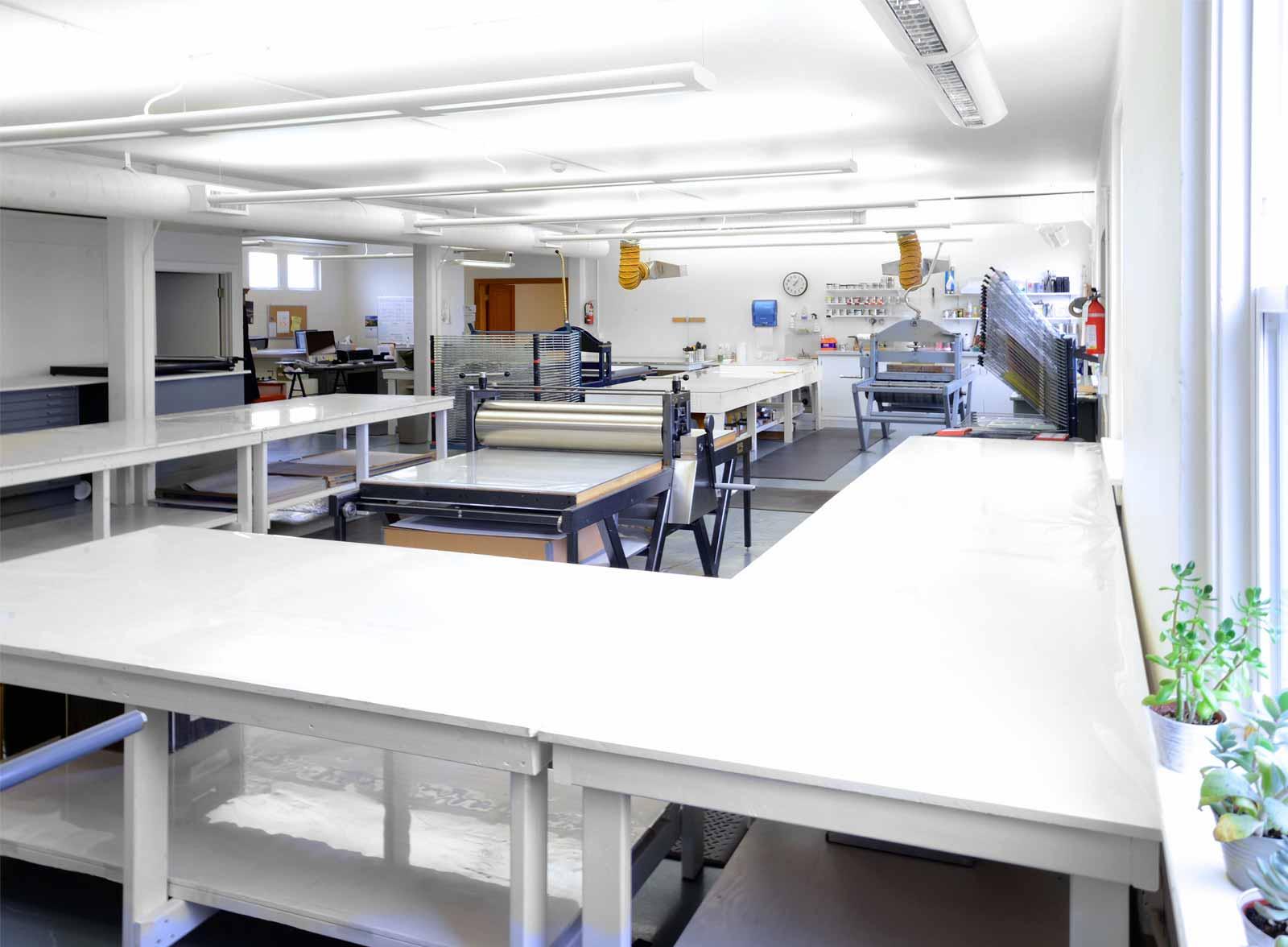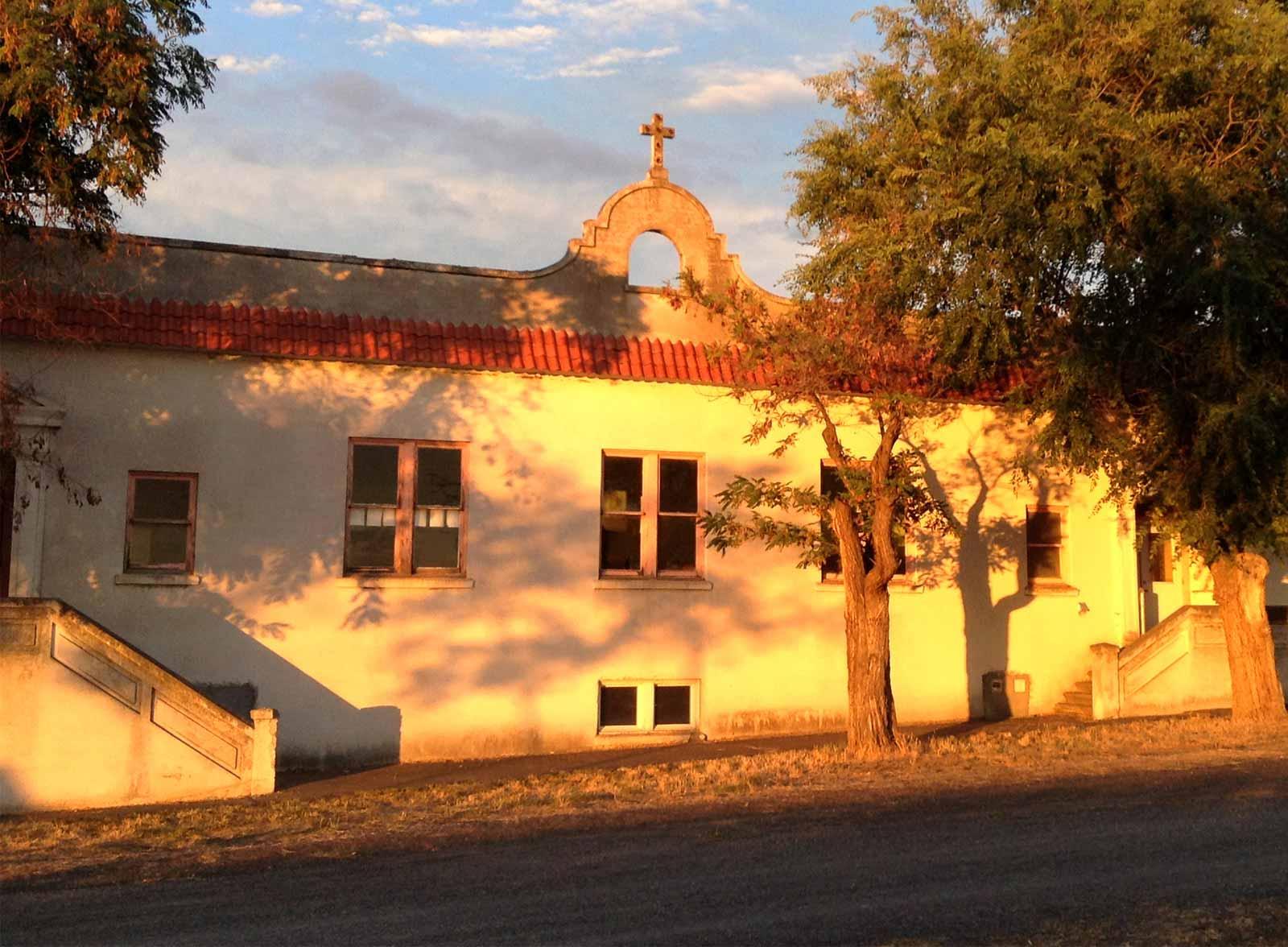The Crow’s Shadow Institute of the Arts (CSIA) is a nonprofit arts institution on the Umatilla Indian Reservation in far northeastern Oregon. Founded in 1992 by artists James Lavador (Walla Walla) and Phillip Cash Cash (Cayuse and Nez Perse), CSIA hosts some of North America’s most innovative contemporary artists through its prestigious artist residency program. Along with its publishing house, traditional arts workshops, and gallery, CSIA is known today as a center of printmaking excellence. The opportunities the institute provides have enabled already-accomplished artists, many of whom are BIPOC, to explore new media in an intimate, collaborative environment. The resulting work is varied, exciting, and more affordable than many of the artists’ works in other forms.
Working with master printmaker Judith Baumann, resident artists spend their two weeks at CSIA producing an edition of lithographs, monoprints, or monotypes. Many of the artists are not trained printmakers and admit to being apprehensive about the media. Baumann helps them explore what is for many an entirely new, even uncomfortable, way of creating work. Here, artists Brenda Mallory, Jovencio de la Paz, and Wendy Red Star, all of whom have held recent residencies, reflect on their time at Crow’s Shadow and how printmaking has pushed their practice into newly challenging territory.





